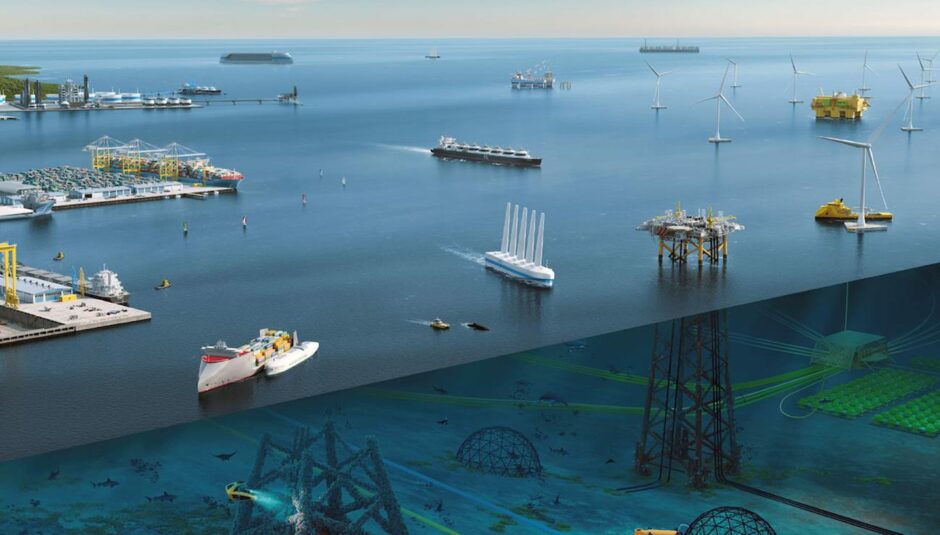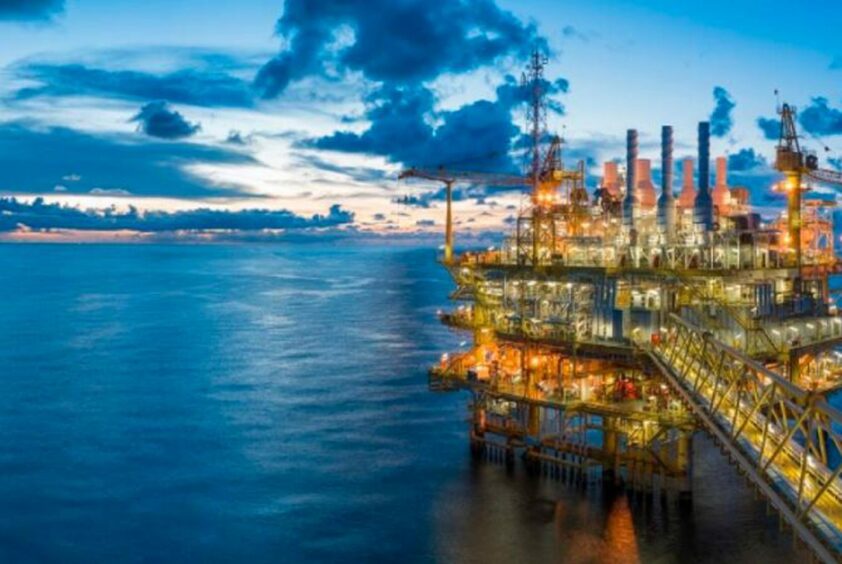
We work in an industry that comes with a high element of risk, and doing all we can to mitigate that risk is crucial to the safety of people and the success of business.
While we will not be able to avoid all events and issues that can have a negative impact on operations and organisations, we can do more to ensure we know what could arise.
When it comes to assets, having an optimum overview of all potential risks can be a difficult and timely exercise to achieve given the different computerised maintenance management systems (CMMS) that are used across the offshore industry, with each having their own specific attributes.
As well as having different CMMSs, there can also be significant variations across the platforms in how parent to child or superior location relationships are structured and managed.
With some assets there are quite granular and detailed relationships, while others have flat relationships where most functional locations are contained on a single hierarchy level, often due to potential restrictions in the native CMMS architecture.
Mapping out assets and their correct identification (taxonomy) according to international standards is the fundamental principle of a system for asset information management. However, when it comes to analysing and proactively driving asset management processes, it is essential to compare equipment performance on a like-for-like basis, both within and between assets.
Having the ability to produce a standardised approach to taxonomies, data collection and analytics across sites, as well as working together to share learning between operators, will provide better visibility over reliability issues and performance, ultimately leading to improved asset management.
As well as benefits to operators during their time in charge of an asset, having a pre-packaged analytics solution with basic data on factors such as equipment classes and failure modes, organisations can instantly provide clients and regulators with accurate answers to questions around the structure of equipment taxonomy, the classification of work orders for particular types of equipment and the reporting of failures, as well as making the audit and compliance processes easier.
Added to that, if KPIs and analytics for reliability and maintenance (RM) data are being done in a consistent way, companies adopting a model that produces an agreed standard and incorporating it are better positioned to improve performance.
This also ensures organisations have the correct allocation of costs associated with the life cycle of facilities, the disaggregation of assets and facilitating the implementation of reliability tools, thus contributing to the improvement of the control of data and information from the equipment.
Having better data also brings economic benefits, with calculations showing that having a clearer picture of an asset can lead to substantial savings of $15 million and over per asset per year, which is achieved through reduced downtime and increased production.
The International Organisation for Standardisation (ISO) defines ISO 14224 as a standard that “provides a comprehensive basis for the collection of reliability and maintenance data in a standard format for equipment in all facilities and operations” within the petroleum, natural gas and petrochemical industries during the operational life cycle of equipment.
At Bureau Veritas Solutions Marine & Offshore (BVS M&O), we have adopted the ISO 14224 hierarchy approach to establish common analytical processes, something which is helping bring key benefits across assets.
Through this process, we are able to see where the data has come from, helping identify issues for our clients, sort them, and put measures in place to mitigate against them happening in the future.
For example, factors that link maintenance with operations, such as availability, production stoppages or quality, may be more meaningful at higher levels, while areas that are dependent on failure mode patterns and particular sensor measurements are very specific to the type of equipment. ISO 14224 allows us to find the issue and solve it, with instant results.
Adding ISO 14224 analytics to our verification offer has also sparked interest across the energy market.
BVS M&O has been at the heart of developing remote verification and a methodology that delivers a verification system covering plant, people and process; producing a proactive model that drives organisational maturity while at the same time providing verifiers with a leading indication of safety and environmental critical element health, as well as an overview of weak signals in risk management.
Our Verification 2.0 model validates, improves monitoring and leverages the organisational maturity of the duty holder against industry-recognised best practice.
Adding ISO 14224 analytics to this process has already created some keen interest including from at least one super major which understands the importance of working together and learning from each other.
Ensuring the scale of the data on offer by adopting the ISO 14224 standard across assets is crucial to not only ensure continuity, but ensure the risks are as low as reasonably practicable.
Recommended for you

 © Supplied by Bureau Veritas Solut
© Supplied by Bureau Veritas Solut © Supplied by Bureau Veritas Solut
© Supplied by Bureau Veritas Solut